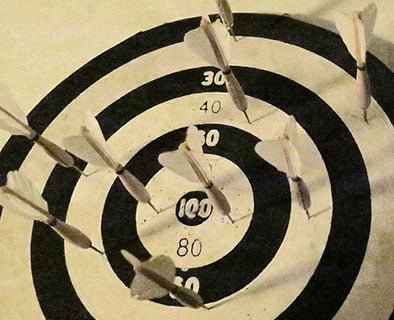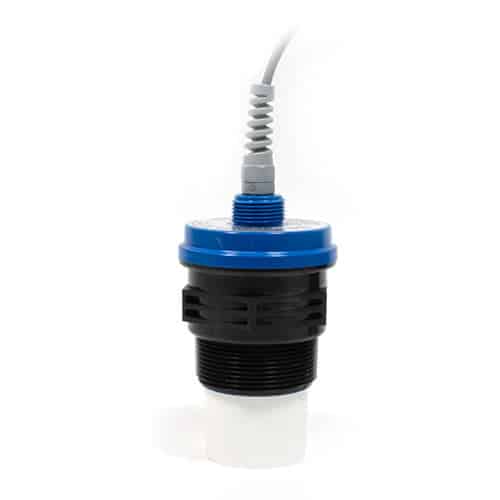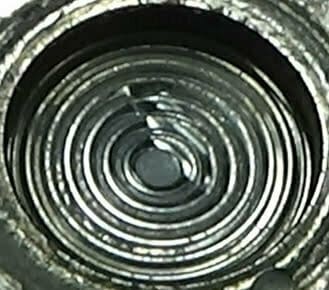 We get asked all the time, “How often should I calibrate my level/pressure sensor?” When it comes to sensor calibration and sensor accuracy, there is the simple answer, and then there is the long answer that explains the nuts, bolts, washers, and threads of calibration (in other words, we can tell you more than you may want to know).
We get asked all the time, “How often should I calibrate my level/pressure sensor?” When it comes to sensor calibration and sensor accuracy, there is the simple answer, and then there is the long answer that explains the nuts, bolts, washers, and threads of calibration (in other words, we can tell you more than you may want to know).
The simple answer is once per year. This may seem like overkill to some, but we believe in maintaining sensor accuracy.
The long answer follows:
Before we discuss sensor calibration, you should first understand that there's a difference between the calibration of a sensor, and application and installation variables that affect sensor accuracy. These variables can be compensated for or controlled to improve the accuracy of your sensor. We need to explore these variables first before you’ll fully understand when to calibrate.
The first killer is application variables. These variables may not affect all sensors, but certainly affect some. They include (but are not limited to):
Most of these variables can be compensated for, or programmed away. For example, temperature compensation is built into a lot of sensors. Obstructions can be avoided. Turbulence can be calmed. However, the most important way to avoid killing your accuracy with application variables is to understand them while you’re selecting sensors. Make sure you choose the technology and model that will either remain unaffected by, or compensate effectively for, the variables you expect.
Installation is a critical moment in a sensor’s life and can greatly impact sensor accuracy. Think of it like your first day on the job. If you’re put in the wrong place, it can make communication difficult. If you’re treated poorly, it will change your outlook on the job and you might not last very long. If you’re stressed too much right off the bat, it can ruin the quality of your work and set you up for failure.
So it is with a sensor. They must be placed in the right location, some at the right angle. They must be handled with care. They cannot be over-tightened in their place.

A lot of inaccurate performance can be traced to improper installation. Ultrasonic sensors, for example, must avoid obstacles, turbulence, and direct sunlight.
Pressure sensors can actually experience a shift in their output calibration if installed improperly. This is usually a one-time shift. However, if the sensor needs to be uninstalled for any reason (i.e. cleaning, relocating equipment) then the shift will likely happen again.
The shift is a result of over-tightening the sensor as you thread it in. To minimize the torque forces on the sensor diaphragm, use a torque wrench during installation.
The most common method for correcting installation shift is to adjust the output after installation. This can be done if the sensor has a field zero adjustment. If not, then it can be managed by programming an offset into the sensor controller. Generally speaking, installation shift correction is best handled in the field.
Drift is a natural phenomenon for pressure sensors. It is not an issue with other types of sensors. Ultrasonics weaken over time, but they do not drift. Continuous float level transmitters will eventually have failures in their circuit boards, but they won’t drift in sensor accuracy. Sensor drift is specific to piezoresistive pressure transmitters and is a result of diaphragm design and construction.
The magnitude or rate of output drift is the main concern, as the faster the rate of drift the sooner the sensor will drift out of calibration. Ideally it will take years. True sensor drift is characterized as continual drifting of the output over time in the same direction (whether negative or positive).
The root cause of sensor drift is related to the sensor’s bonding layer, which attaches the sensing elements to the diaphragm. The bonding layer requires curing or aging for the sensor output to become stable. Aging should happen at the factory when the sensor is produced, and involves pressuring the sensor up and down across its pressure and temperature ranges.
 Aging, of course, continues to happen out in the field. The older sensors become without sustaining damage, the more stable their drift rate becomes.
Aging, of course, continues to happen out in the field. The older sensors become without sustaining damage, the more stable their drift rate becomes.
Sensor drift usually increases when the bonding layer is disturbed by a sharp or jarring impact. For example, if a pressure transmitter is dropped with some force onto a hard surface, or a pointed object is pressed against the sensor diaphragm, drift will accelerate. This causes fractures and stresses within the bonding layer.
Drift can also occur in sensors that haven’t been used for a long time.
When a sensor does fall out of calibration in the field, you don’t need to hit the panic button. Many sensors can be adjusted in the field to bring them back into specification. Most of our pressure sensors have a zero and a span (full scale) adjustment, so you can perform sensor calibration in the field using both endpoints.
After a year has passed, or if zero and span adjustments aren’t helping, send your pressure sensor back to the factory (or your own sensor calibration facility if you have one) for a full recalibration.
If at any point while field adjusting, you question the accuracy of the pressure transducer after adjustments are made, we highly recommend you send the pressure sensor to the factory or certified calibration house right away. NIST traceable calibrations are certainly preferred, and can be arranged by contacting our support team.
At APG Sensors, we have high accuracy sensors for various applications. No matter what job you need done, we can help you out. Also, if you have any questions about sensor accuracy, sensor calibration, NIST certification, field calibrations, or overcoming installation and application difficulties contact us today. We’re dedicated to helping you measure better!
top photo credit: torbakhopper via photopin cc